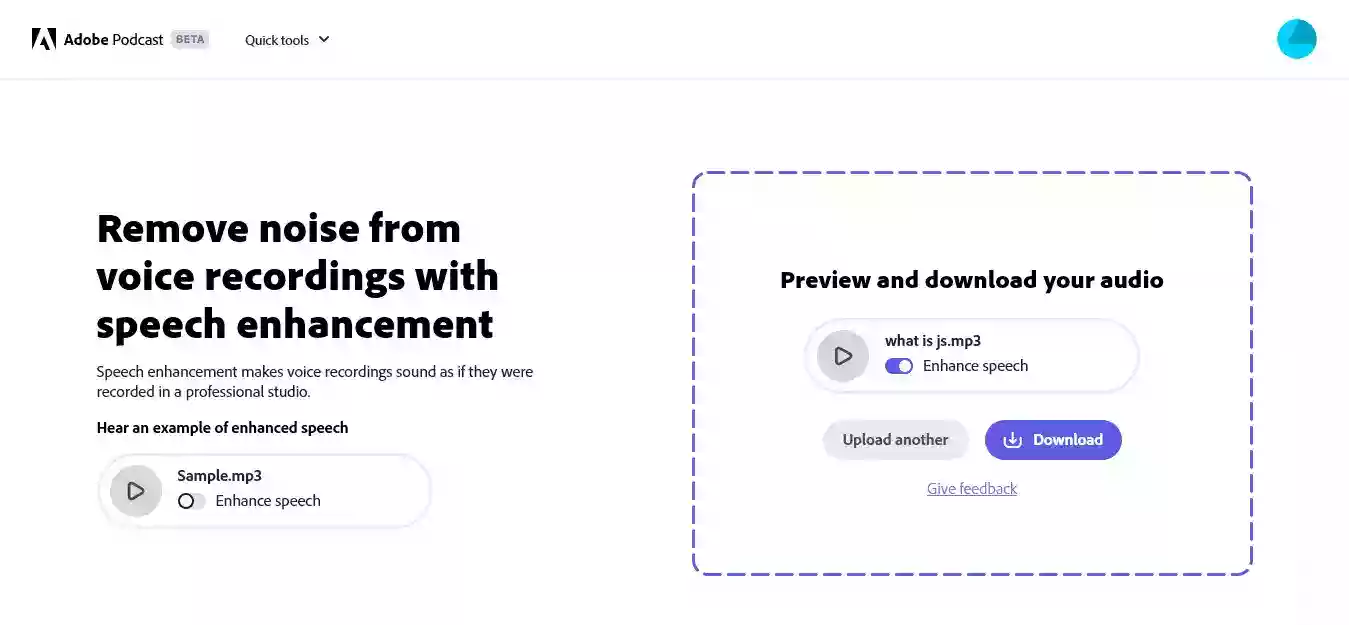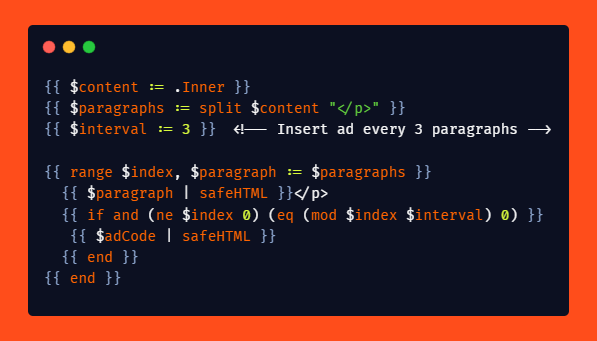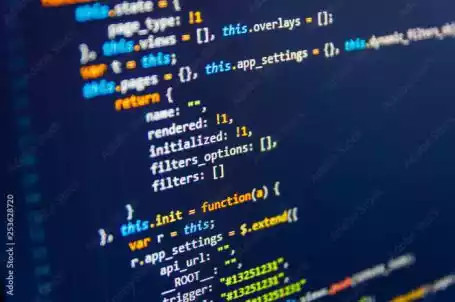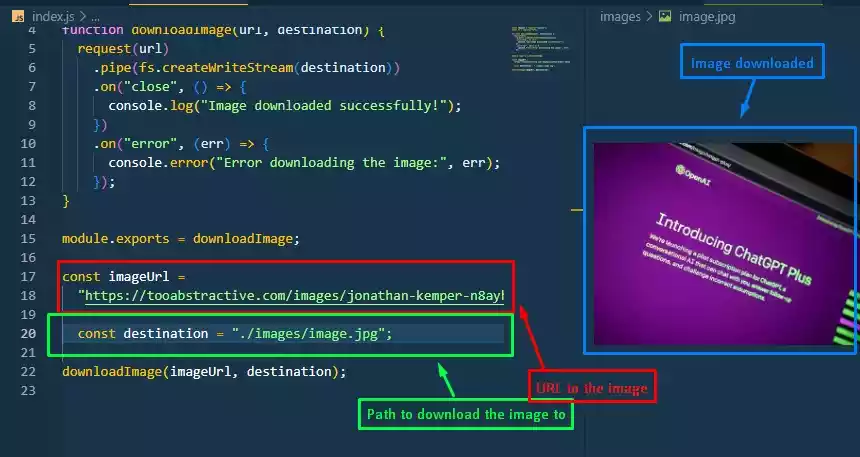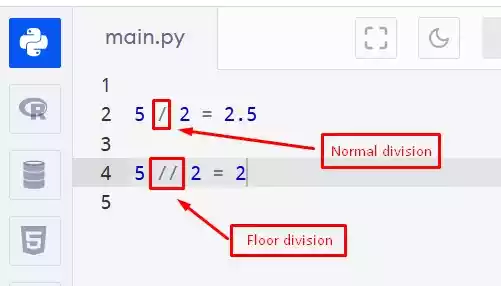What Are the Limitations of ChatGPT?
ChatGPT is an advanced language model that has gained significant attention and popularity due to its ability to generate human-like responses.
But, it is essential to understand that, like any tool, ChatGPT has its limitations. In this article, we will look at and elaborate on the limitations of ChatGPT, highlighting on areas where it may fall short in providing accurate, complete, and interpretable responses.
By understanding these limitations, users can make informed decisions about the appropriate use and potential challenges they may encounter when utilizing ChatGPT.
Table of Contents
Limitations of ChatGPT
1. Biases in ChatGPT’s Training Data
One of the limitations of ChatGPT is its susceptibility to biases present in the dataset it was trained on.
ChatGPT’s training data includes information from the web, which can introduce biases related to gender, race, or political views.
As a result, ChatGPT may generate responses that unknowingly reflect these biases, potentially leading to skewed or unfair outputs.
2. Accuracy of ChatGPT’s Answers
While ChatGPT exhibits impressive language generation capabilities, its answers are not always accurate.
ChatGPT is trained on a vast dataset that includes both accurate and inaccurate information.
At the same time, there is a possibility of it generating responses that are incorrect or misleading.
Users should exercise caution and cross-verify information obtained from ChatGPT to ensure its accuracy.
3. Completeness of ChatGPT’s Answers
Another limitation of ChatGPT is the potential for incomplete answers. Due to its training on a massive dataset of text and code, ChatGPT may lack information about specific topics.
Consequently, it might produce responses that are incomplete or fail to address the entirety of the question asked.
Users should be aware that ChatGPT’s responses may not always provide comprehensive or exhaustive information.
4. Interpretability: Understanding ChatGPT’s Decision-Making Process
ChatGPT’s answers are not always easy to interpret, which poses a limitation in understanding its decision-making process.
As a complex language model, ChatGPT does not explicitly explain how it arrived at its responses.
Consequently, it can be challenging to comprehend the underlying reasoning or logic behind the generated answers.
This lack of interpretability may limit the transparency and reliability of ChatGPT’s outputs.
5. Controlling the Tone of ChatGPT’s Responses
Controlling the tone of ChatGPT’s responses can be challenging. The model may generate responses that vary in formality, informality, or even offensiveness.
Users must be mindful of this limitation, particularly in scenarios where maintaining a specific tone or style is crucial.
6. Repetitiveness in ChatGPT’s Answers
ChatGPT may sometimes exhibit repetitiveness in its responses, even when the questions asked are slightly different.
This repetition can diminish the quality and variety of generated outputs, potentially leading to a less engaging user experience.
Users should be prepared for the possibility of receiving redundant responses from ChatGPT.
7. Response Times: Speed of ChatGPT’s Output
Due to its computational complexity, ChatGPT may have slow response times, especially when confronted with complex or resource-intensive queries.
Users should anticipate that generating a response from ChatGPT may take a few seconds, depending on the complexity of the input.
Wrap Up
While ChatGPT is a remarkable language model with impressive capabilities, it is crucial to recognize its limitations.
The biases in its training data, the potential for inaccurate or incomplete answers, the challenge of interpreting its decision-making process, the difficulty in controlling tone, the repetitiveness of responses, and the variability in response times are all factors that users should consider.
By understanding these limitations, users can make more informed and responsible use of ChatGPT.
It is important to critically evaluate the outputs, verify information from reliable sources, and be aware of the potential pitfalls to ensure accurate and reliable results.
As AI technology continues to advance, addressing these limitations will be crucial in further improving the performance and usability of language models like ChatGPT.
Frequently Asked Questions
- Can ChatGPT exhibit biased behavior? Yes, ChatGPT can be susceptible to biases present in its training data, potentially leading to biased outputs.
- Is ChatGPT always accurate in its responses? No, ChatGPT’s responses are not always accurate, since it relies on a training dataset that contains both accurate and inaccurate information.
- Does ChatGPT provide complete answers to questions? ChatGPT may not always provide complete answers. Due to its training on a vast dataset, it may lack specific information on certain topics, leading to responses that are incomplete or don’t cover the entirety of the question asked.
- Why is interpretability a limitation of ChatGPT? ChatGPT’s decision-making process is not explicitly explained, making it challenging to interpret how it arrives at its responses. The lack of transparency in its reasoning or logic limits the interpretability of its outputs.
- Can I control the tone of ChatGPT’s responses? Controlling the tone of ChatGPT’s responses can be challenging. The model may generate varying tones, such as formality, informality, or even offensive language.
Users should be mindful of this limitation, especially in situations where maintaining a specific tone or style is crucial. - Does ChatGPT have fast response times? ChatGPT’s response times can be slow, particularly when faced with complex or resource-intensive queries.
Users should expect that generating a response from ChatGPT may take a few seconds, depending on the complexity of the input.

